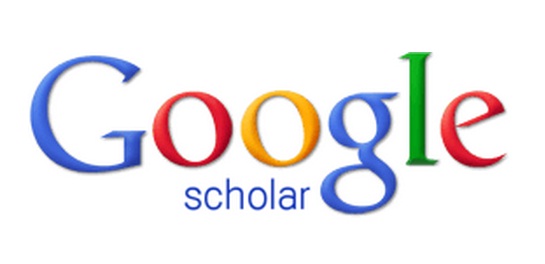Submissions
Submission Preparation Checklist
Submission Preparation Checklist
As part of the submission process, authors are required to check the compliance of their submissions with all of the following items, and submissions may be returned to authors who do not comply with these guidelines.
- Submissions have never been published before, nor have they reached other journals for consideration (or explanations have been provided in Comments to Editors).
- Submission files in OpenOffice, Microsoft Word, RTF, or WordPerfect document file formats.
- If available, a URL for a reference has been provided.
- The text is single-spaced; using a 12-point font; use italics, not underlines (except with URL addresses); and all illustrations, drawings, and tables are placed inside the text at the corresponding points, not at the end.
- The text complies with the style and bibliographic requirements outlined in the Author's guidelines found in About Journal.
If you are submitting to the peer-reviewed journal section, the instructions in Make sure you have followed the Create Review Strategy.
Articles
Section default policyCopyright Notice
Copyright and License Statement
Copyright:
Authors who publish their manuscripts in this journal agree to the following conditions:
Copyright for any article in the Journal of Elementary Education and Learning (JoEEL) is fully held by the author under the CC BY 4.0 creative commons license
a. The author acknowledges that the journal Journal of Elementary Education and Learning (JoEEL)has the right to publish for the first time under a Creative Commons Attribution 4.0 International License.
b. Authors can submit articles separately, arrange non-exclusive distribution of manuscripts that have been published in this journal into other versions (for example: sending to the author's institutional repository, publication in a book, etc.) by acknowledging that the manuscript has been published for the first time in the Journal of Elementary Education and Learning (JoEEL).
License:
Journal of Elementary Education and Learning (JoEEL)is published under the terms of the Creative Commons Attribution 4.0 International License. This license permits anyone to copy and redistribute this material in any form or format, modify and create derivatives of this material for any purpose, including commercial purposes, as long as they give credit to the author of the original work.
Privacy Statement
The names and email addresses entered in this journal site will be used exclusively for the stated purposes of this journal and will not be made available for any other purpose or to any other party.








